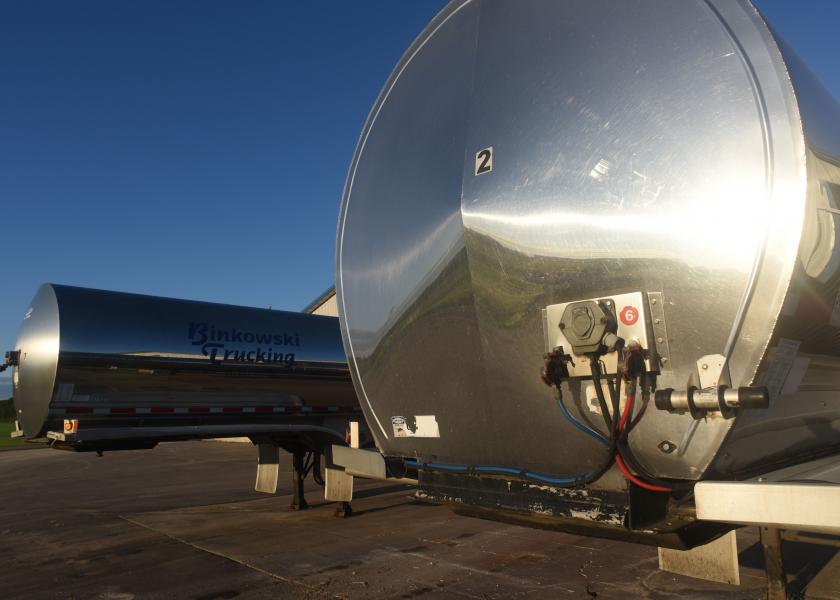The One Thing You Must Do Before Starting Any Risk Management Program

With increased volatility in dairy and feed markets this year, more dairy farmers are looking at ways to mitigate that risk and protect their milk-feed margins and bottom lines.
Before you do any hedging, though, you first need to know your cost of production. That’s a pretty basic concept, but it’s absolutely essential knowledge before you embark on any risk management plan, say Tim Swenson, a senior business consultant with Compeer Financial, and Chris Atten, Principal with Atten Babler Commodities.
Both spoke this week on the Professional Dairy Producers of Wisconsin Dairy Signal podcast.
Knowing your cost of production is essential to knowing when you are locking in a profit. They also note that markets might not always allow you to actually lock in profits—but there are many times of prolonged market downturns when you simply need to protect downside risk.
It’s fairly easy to know your cost of production if you buy all of your feed, Swenson says. It’s more difficult if you raise most of your feed, though it’s critically important to know the value of home-raised feed to better estimate your costs.
You also need to know labor costs, including estimates of family labor. “You can’t buy groceries with equity on the balance sheet,” Swenson says.
He notes that operating costs and cash flow needs can vary season to season. You may have seed and fertilizer bills due in spring, custom harvesting bills in summer, and manure spreading bills in fall. Knowing these cash needs at certain times of the year should be taken into account when managing risk.
You might not be able to cover all of these during the period they are due. But it also might mean your cost of production is lower at other times of the year when you might be able to lock in profits and bank those for when cash flow needs increases.
It’s also critical to have a written plan. “It doesn’t have to be 30 pages, but it should say ‘This is our strategy that we want to implement,’” Swenson says.
You need a blueprint that says who in your operation is authorized to implement the plan and what that person can do, adds Atten. “You should also spell out what level of exposure to risk you are comfortable with,” he says—be it 50%, 60% or 100% of your milk or feed.
The next step is to educate yourself on the risk management tools that are available. These range from forward contracts with your milk handler to USDA programs such as the Dairy Margin Coverage program, Dairy Revenue Protection insurance, Livestock Gross Margin-Dairy insurance, futures and options. “You have to get yourself up to speed and understand this stuff,” Atten says.
Working with a risk manager/broker is likely the best route. Risk managers will understand the ins and outs of various programs and which can work best for your needs. Atten notes that DRP insurance at the 95% coverage level is subsidized at 44%, which can almost cut your marketing costs in half versus using options on your own.
Others are finding LGM-Dairy, which had fallen out of favor when DRP was first introduced, is now being revisited by some farmers. With fewer producers using LGM-Dairy, funding issues are no longer a problem. Plus, LGM-Dairy can offer more flexibility and more precisely fit a farm’s feed cost structure. For some, the program can offer the most coverage for the best value, Swenson says.
With any these programs, remember that you don’t have to manage risk sequentially, notes Atten. If Q1 2021 isn’t conducive but Q2 and Q3 are, lock those in and then wait to see if something materializes for Q1, he says.
“The hardest thing to do is actually making the decision to do something,” says Atten. You need to understand what you are trying to do, execute the plan and then do it consistently.
Finally, Atten reminds everyone that dairy markets typically put in a significant low every three years. “2021 is the year of a potential low. What can you do today to mitigate that risk?” he asks.
Listen to the Swenson/Atten PDPW Dairy Signal podcast here.







